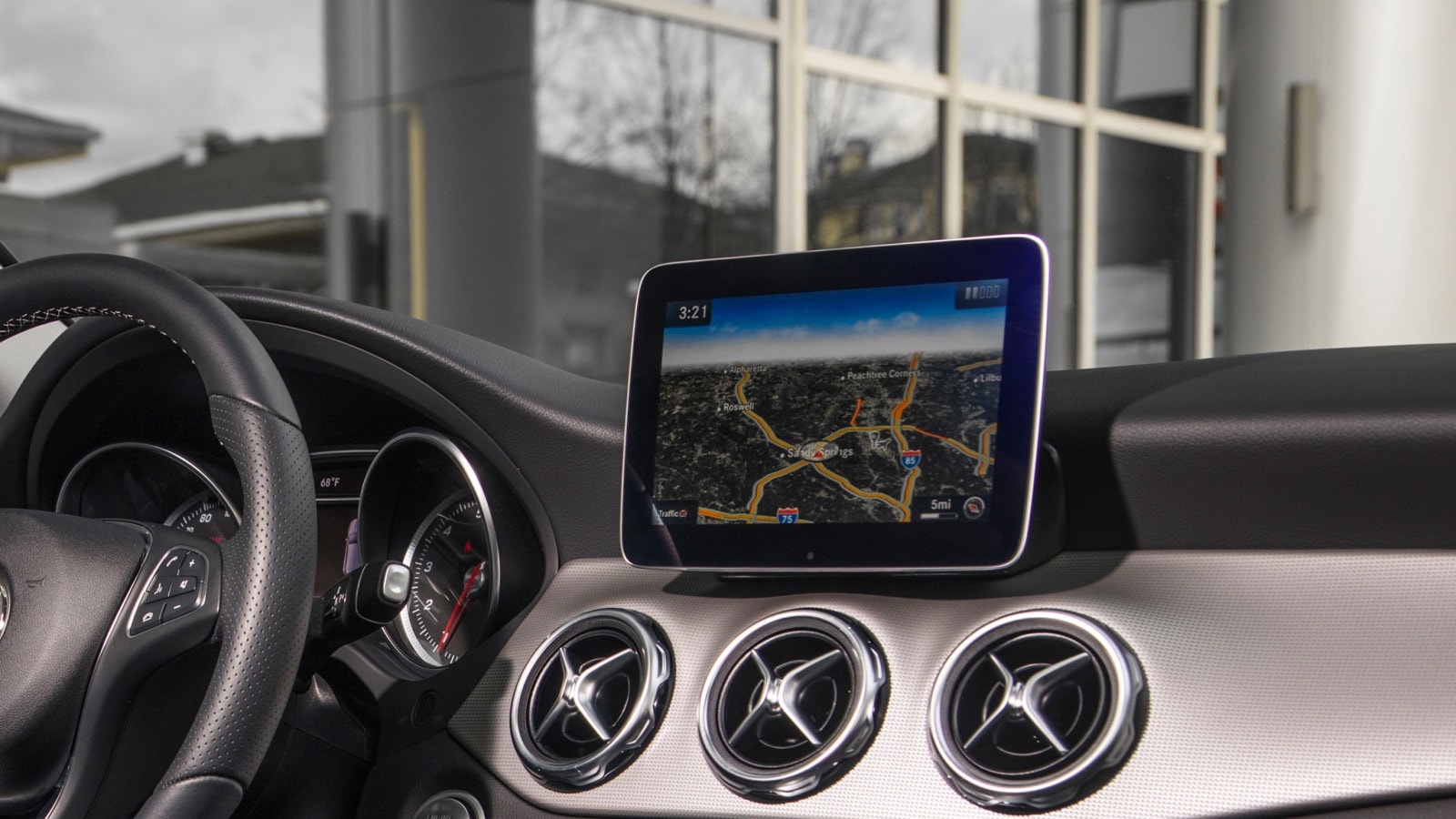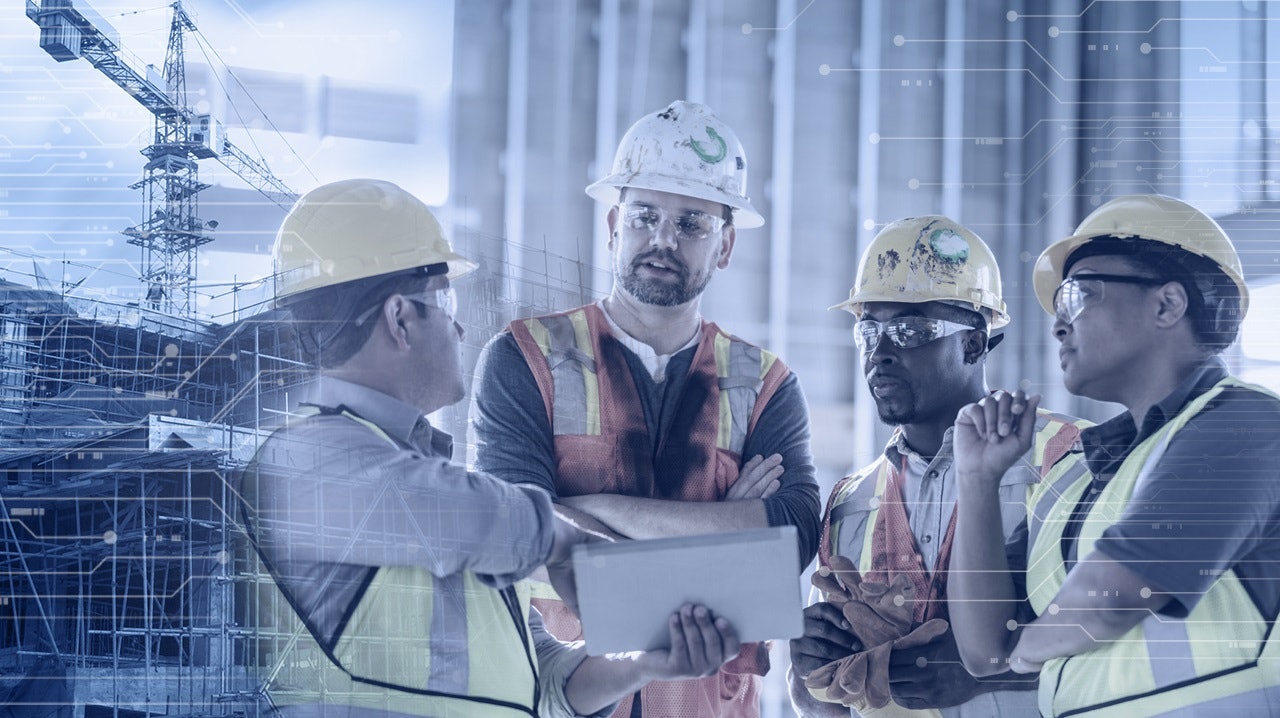How long does it take to finish road construction? Starting from the earthworks up to installing speed bumps, it takes years before a road becomes functional again. This kind of setback is the reason why the construction industry is constantly trying to innovate.
A long history of innovation gave us houses built in just months, buildings with different structures, concrete roads to drive in, and massive skyscrapers that will leave you in awe. The advancement is continuously reshaping the construction industry in construction tech.
Not to mention the urgency to improve during these turbulent years brought by the pandemic. Read on to know how construction tech is improving as a response to these difficult times.
Table of Contents
1.Focuses on Sustainability
When it comes to construction, we all know how much waste it creates to build something. But, unfortunately, something so simple as installing speed bumps can already produce waste. As an industry, structure contributes 11% of the world’s greenhouse gas emissions and produces wastes in landfills. But that can change with modular construction.
Modular construction is a new eco-friendly building technique wherein building parts are delivered and formed by crates onsite. It’s faster, cheaper, and sustainable at the same time. You’ll prefer this over the traditional way for the following reasons:
Faster and Cheaper
Because the building parts will be delivered and all you have to do is wait for the cranes to form your house or your building, the actual construction time is much faster. Also, lesser cost on labor since it won’t need much anyway. So you can now have houses, buildings, and roads constructed more quickly with less expense.
Decreased Construction Waste
By producing the building parts in a factory setting, construction waste can be more controlled. Excess materials won’t end up in landfills but for another project.
Lower Emission Rate
There will be a lower carbon emission rate in modular construction because of the decrease in materials delivery. Not to mention, there is also a decrease in the total time spent on the construction site.
Optimized by 3D Printing
Before the actual construction, planning happens digitally. But unlike traditional printing, you can already have layer-by-layer of creations by machine.
This process would mean that you won’t be just seeing where to install speedbumps properly; you’ll be seeing how thick it will be to prepare the needed materials accurately. With this, there will be efficient usage of materials, an increase in speed, and error elimination.
2.Focuses on Safety
Do you know how many construction workers die on the job? An increase of 41% in death in construction workers between 2011 and 2019. An alarming rate that pushed our construction industry to create the construction techs below.
Drones
Instead of climbing ladders to check on something, installing a tiny camera on this flying object can do the trick. Aside from assuring your construction worker’s safety, building inspection became more efficient. You get to see areas that are usually inaccessible to men. At the same time, this will save you more in scaling super tall structures.
Construction Wearables and Exoskeleton
Accidents happen onsite most of the time, and this is why construction workers should wear the proper gear to protect themselves. Over time, this gear has evolved to provide the optimum protection needed adequately.
Some of these are smart construction wearables that aid in avoiding accidents. On the other hand, a construction exoskeleton gives the proper support for your back, crouch, and shoulder when lifting heavy objects.
Robots
The construction industry is creating robots for large-scale projects where a growing need for laborers is needed. Assigning robots for repetitive tasks avoid overworking their existing workforce.
3.Focuses on Digital Collaboration
Everything is online nowadays. It is not a surprise that the construction industry is going in that direction as well. You don’t need to be onsite to check if everything is okay.
For example, as a road construction inspector, you can check speedbumps and asphalt layout virtually. There is a lot of mobile access that can make you do your job remotely. Creating remote worksites is improving digital collaboration in the construction industry.
The future of construction tech is promising. With continuous innovation, you can expect a brighter and more efficient construction industry.





_3-6.jpg)





